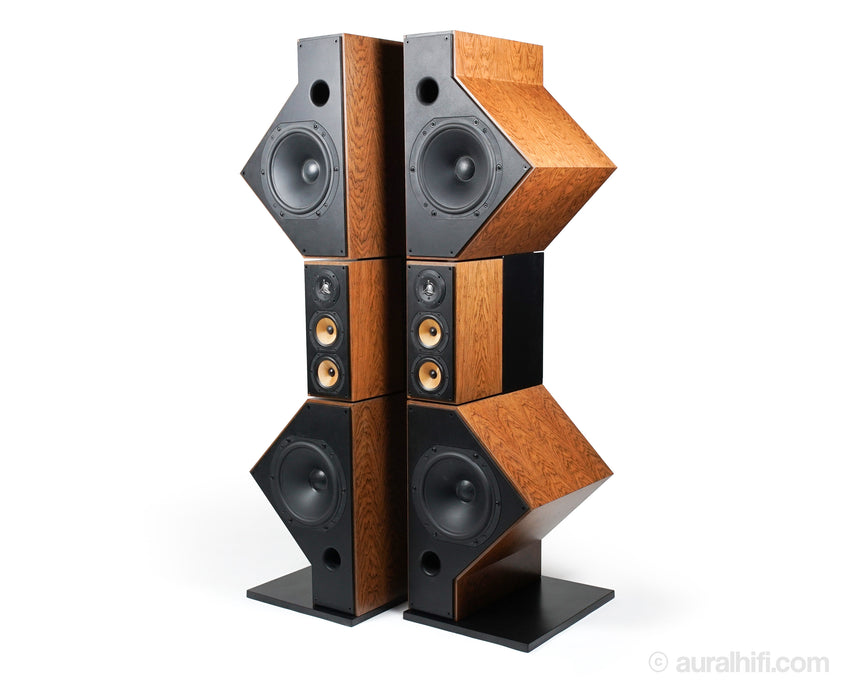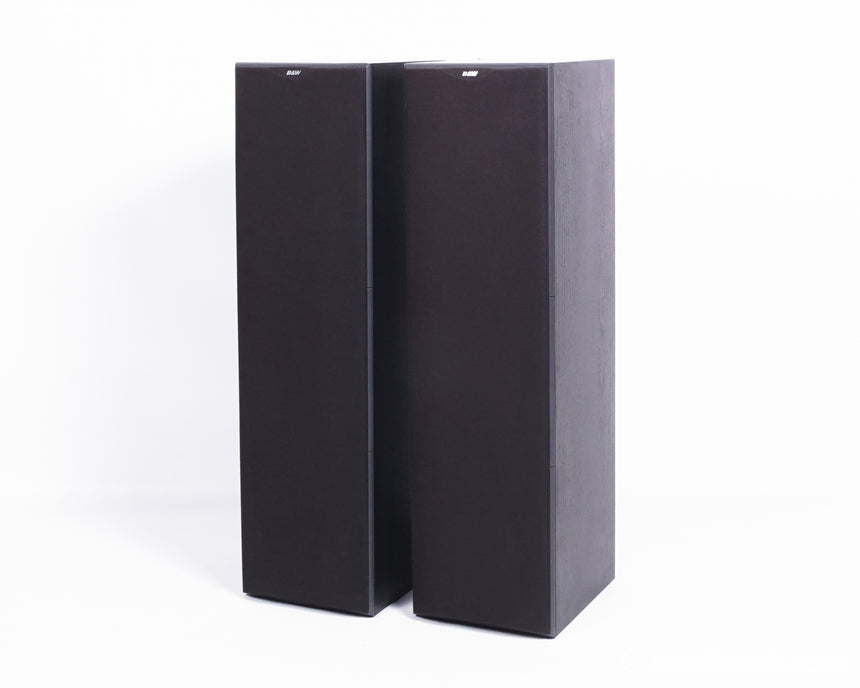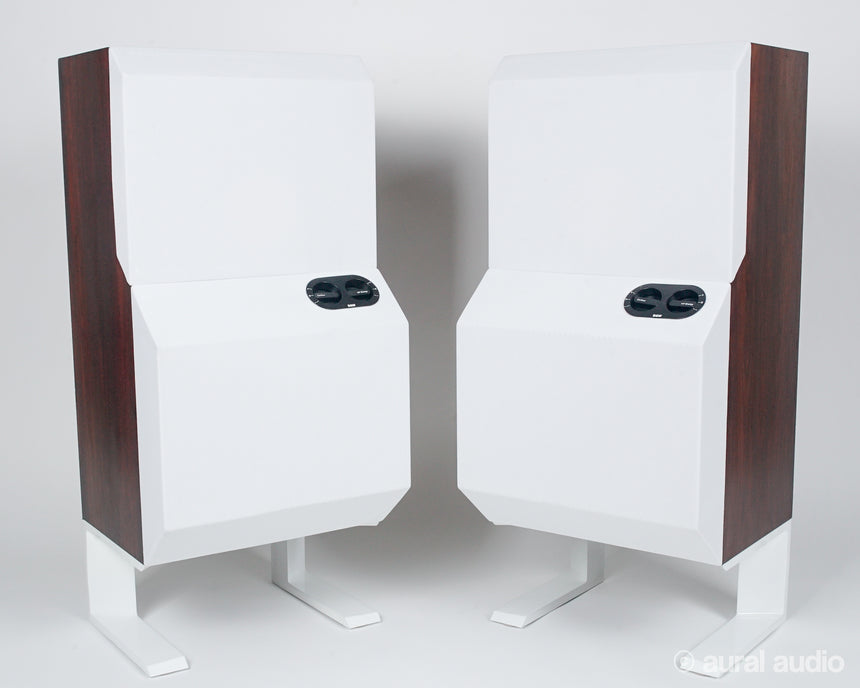THE HISTORY OF BOWERS & WILKINS / B&W

In 1966 following a bequest from an elderly lady called Miss Knight, John Bowers founds B&W Electronics Ltd. Because she was so impressed with John Bowers’ knowledge of classical music, and so pleased with the loudspeakers that he had made for her (as a hobby), Miss Knight left him £10,000 in her will to develop a business.
The same year saw the development of the first Bowers & Wilkins loudspeaker; the P1. The cabinet and filter were Bowers & Wilkins’ own, but the drivers came from elsewhere. The profit from these loudspeakers allowed John Bowers to invest in calibration equipment.
In 1968 Domestic Monitors in the form of the DM1 and DM3 were launched to provide a more affordable option for potential customers. The idea of the Domestic Monitor lived on for many generations of superb and affordable loudspeakers, right to the current award-winning Bowers & Wilkins 600 Series.
The 1970’s was a decade of major milestones, with the first use of the Kevlar as a cone material. Kevlar® cones first saw the light of day in the legendary DM6. Designed by Kenneth Grange, the DM6 was affectionately known as the ‘pregnant penguin”.
The DM7 marked a radical step by liberating the tweeter from the main cabinet, which set high frequencies free and created what was Bowers & Wilkins’ most lifelike sound so far. A greatly refined version of ‘Tweeter on Top’ technology continues in the current Bowers & Wilkins speaker range. The original 801 heralded the modern era of high-end speaker design. Superior drive units isolated in separate chambers produced sound of unheard-of-realism and made the 801 a fixture in top studios and audiophiles’ homes – a tradition upheld by later 800 Series loudspeakers.
During the 1980’s following the success of the 801 B&W decided to re-invest the extra money generated to fund more research culminating in the creation of the “Steyning” research facility. Unfortunately 1987 also saw the death of John Bowers. In 1989 Bowers & Wilkins appoints Morten Warren, and manufactures his Emphasis ‘graduate project’ loudspeaker design. Warren went on to found one of the UK’s most successful design agencies and is responsible for Bowers & Wilkins’ current product design, including the iconic Zeppelin and P5 headphones.
In 1988 Abbey Road Studios adopts the Bowers & Wilkins Matrix 801 in its studios. This relationship continues today and Abbey Road’s engineers are frequent visitors to the Steyning Research Establishment. The Bowers & Wilkins 800D is the reference monitor at Abbey Road today.
1991 / Silver Signature
For Bowers & Wilkins’ 25th birthday there was a convergence of innovation and occasion. Silver, a better electrical conductor than even copper, proved itself the best metal for speaker wire and cabling. Extravagant perhaps, but the ultra polished high-frequencies and the sterling bass made listening to the Silver Signature a true pleasure.
1993 / Nautilus
After five years of research, Bowers & Wilkins’ engineers stepped out of the box and created the Nautilus™. Straight sides disappeared and along with them almost every trace of cabinet distortion. Form imitated nature and the music that emerged was so real it could almost be touched. Many years later, Bowers & Wilkins is still manufacturing the Nautilus, for truly discerning customers the world over.
1998 / Nautilus 800 Series
Nautilus changed everything. Bowers & Wilkins speakers would never look or sound the same again. It would take time to convert the no-holds-barred approach of Nautilus for commercial speakers, but the technology trickle-down got underway with the highly-regarded Nautilus 800 Series.





